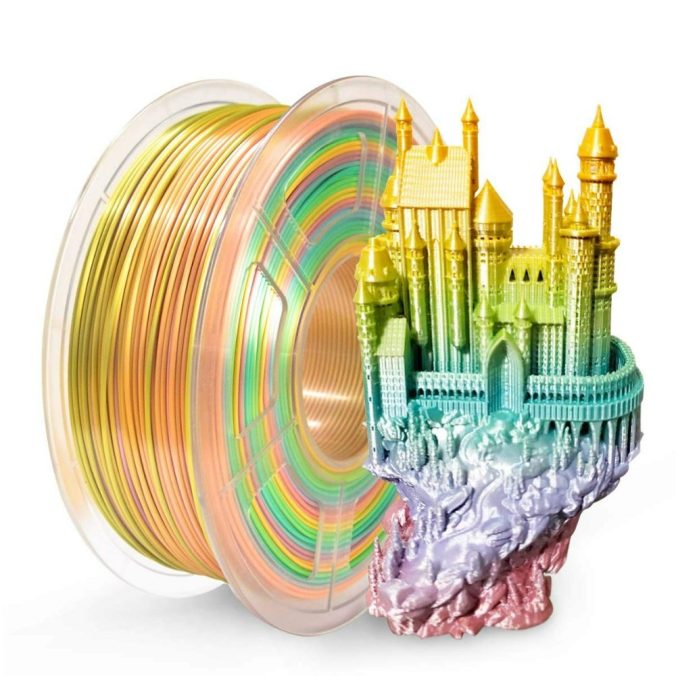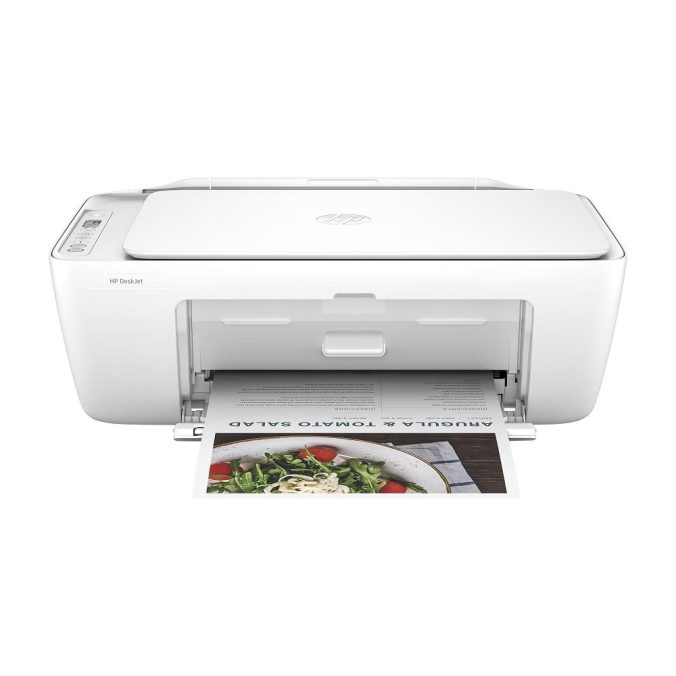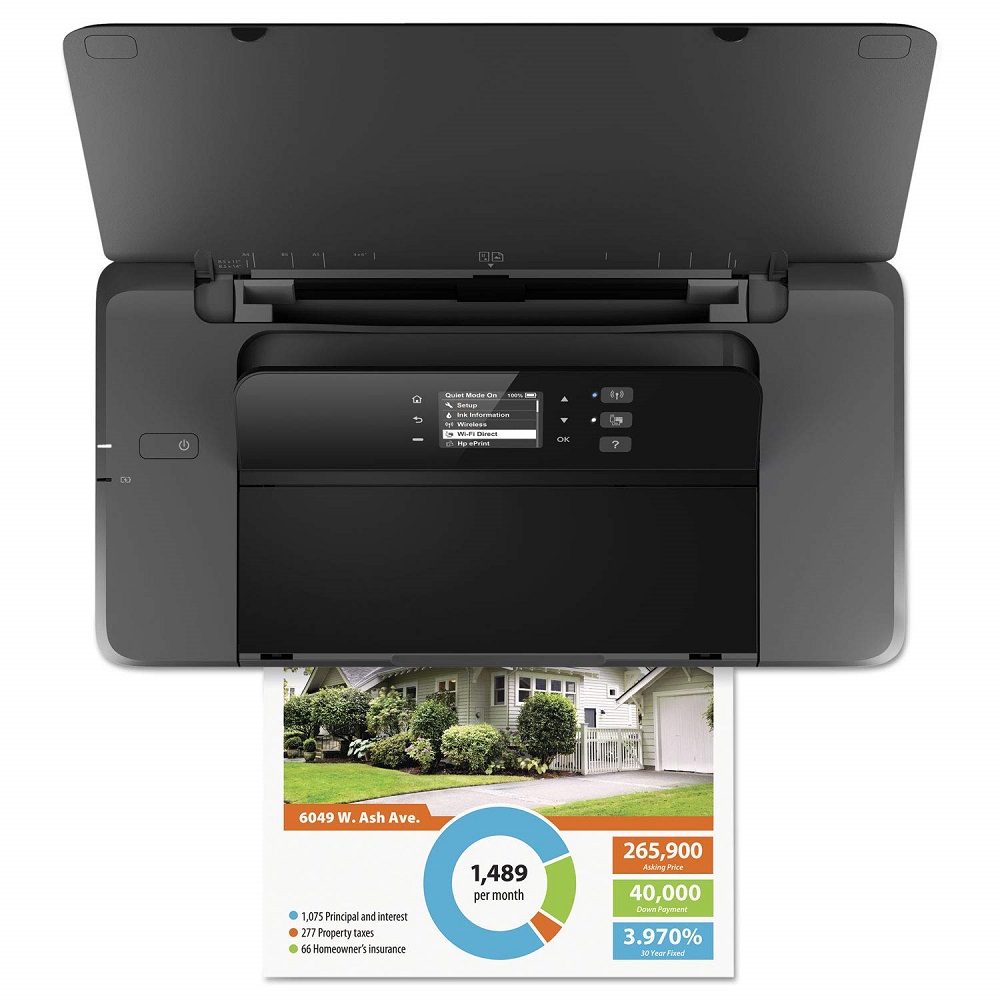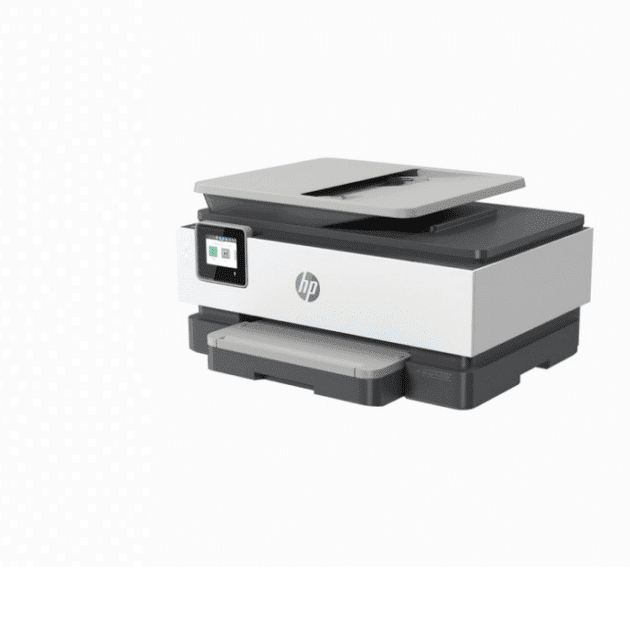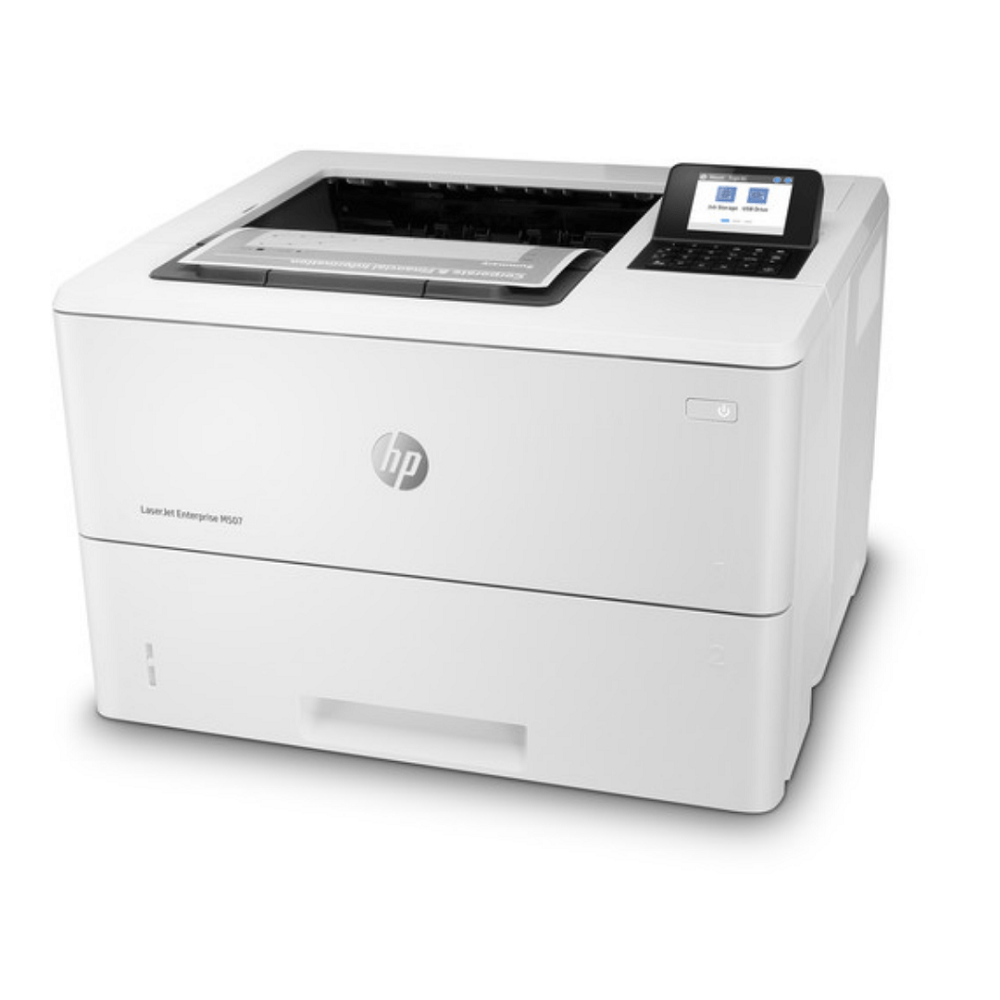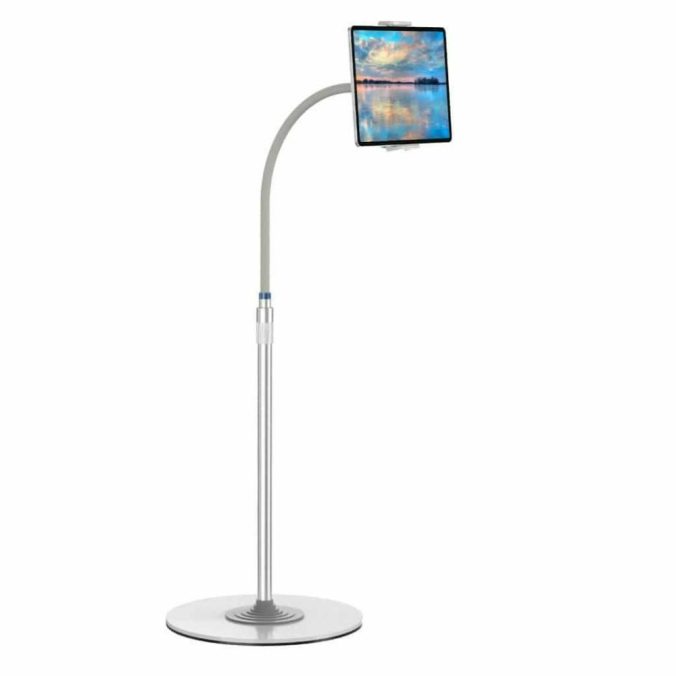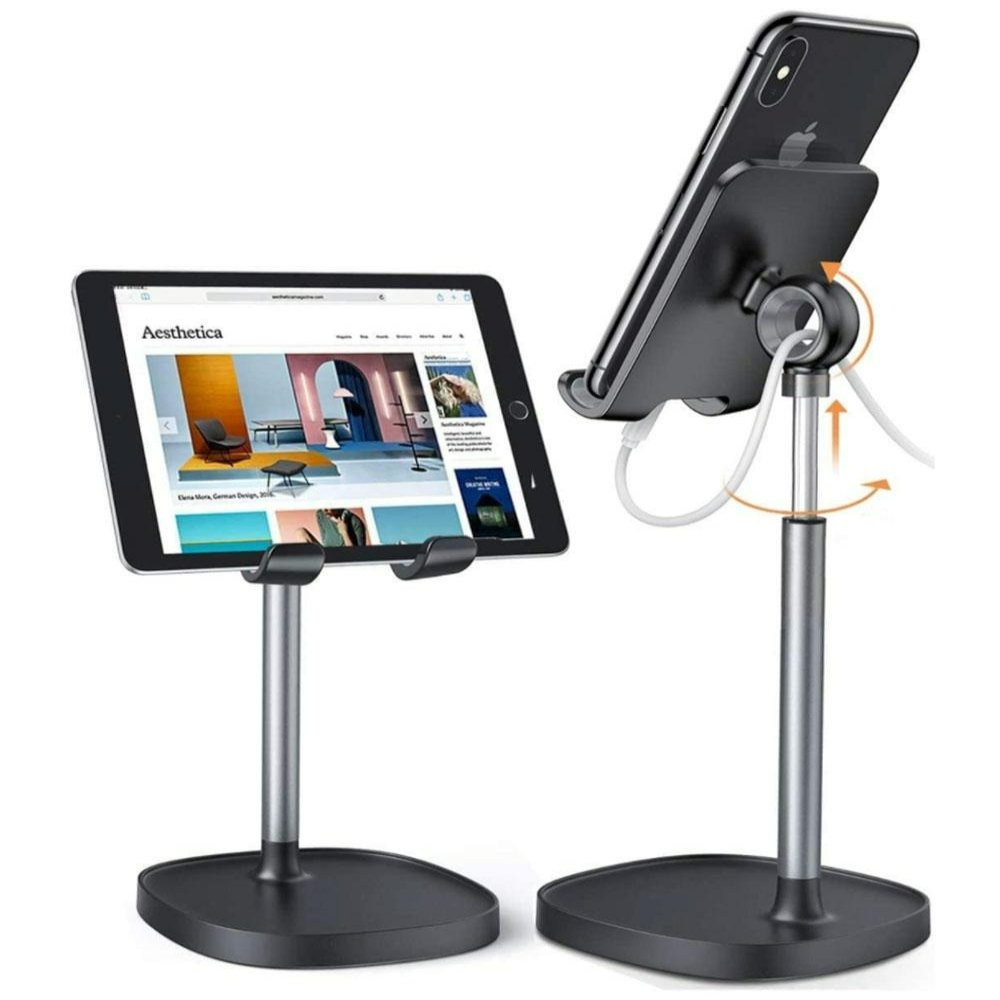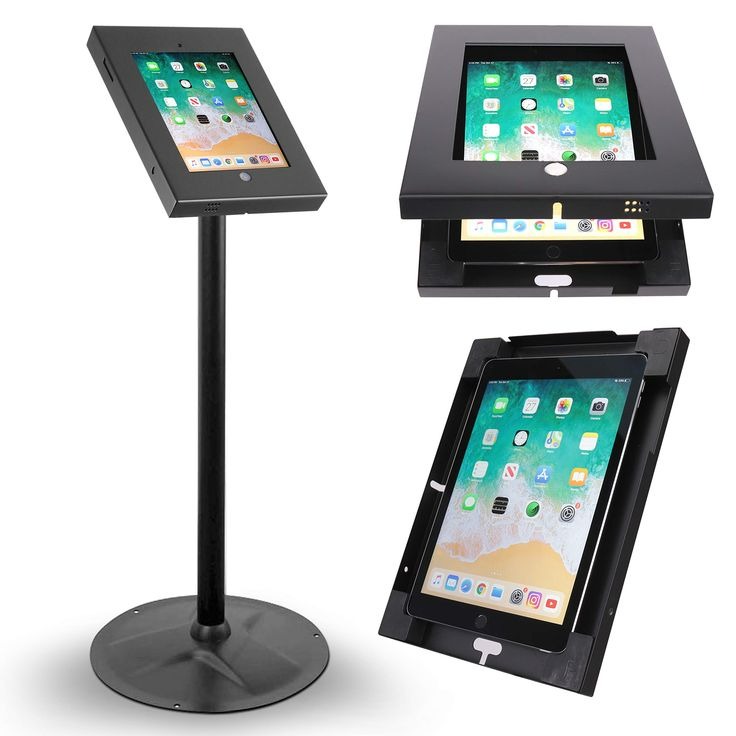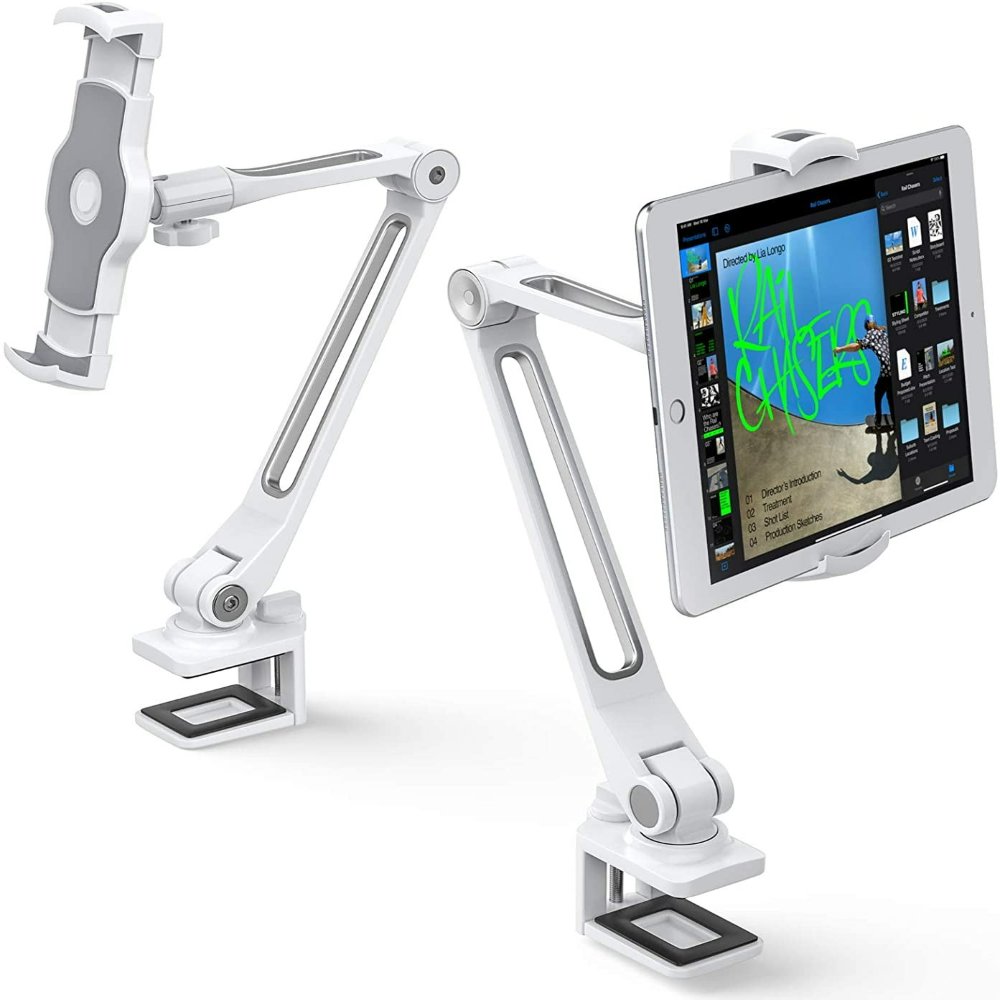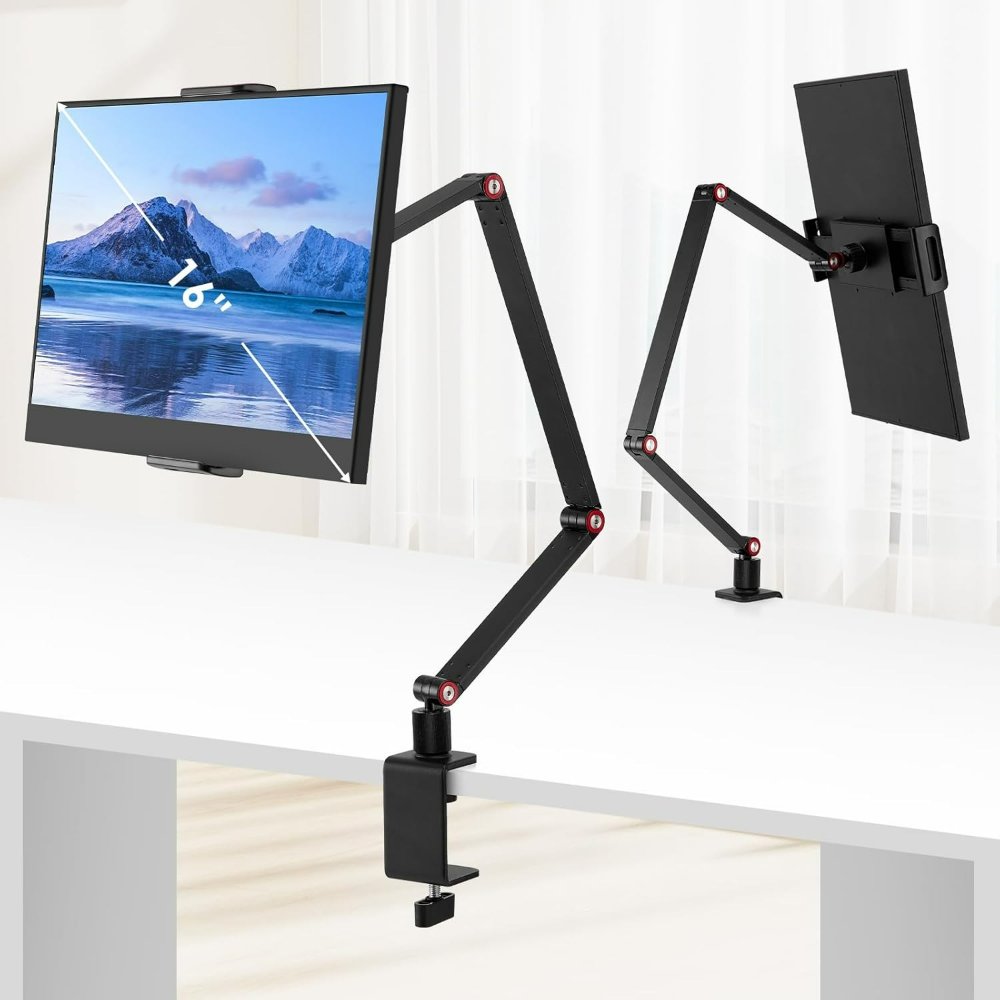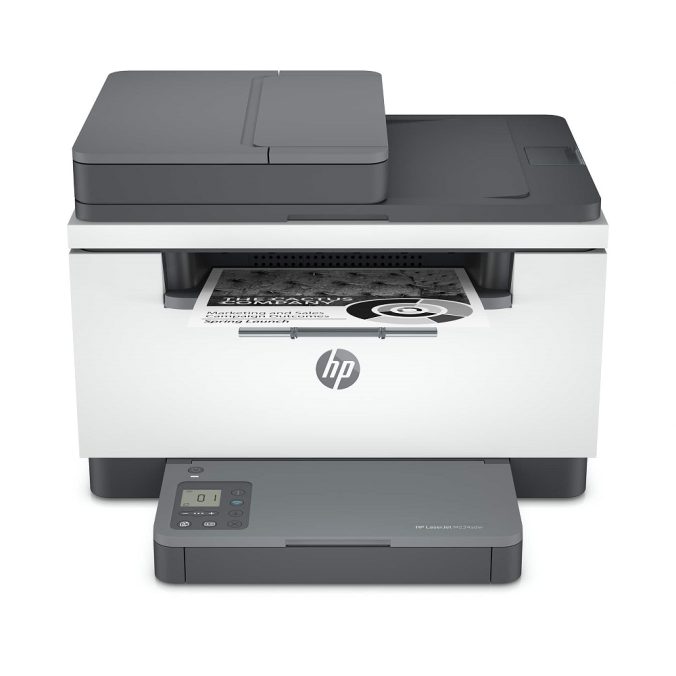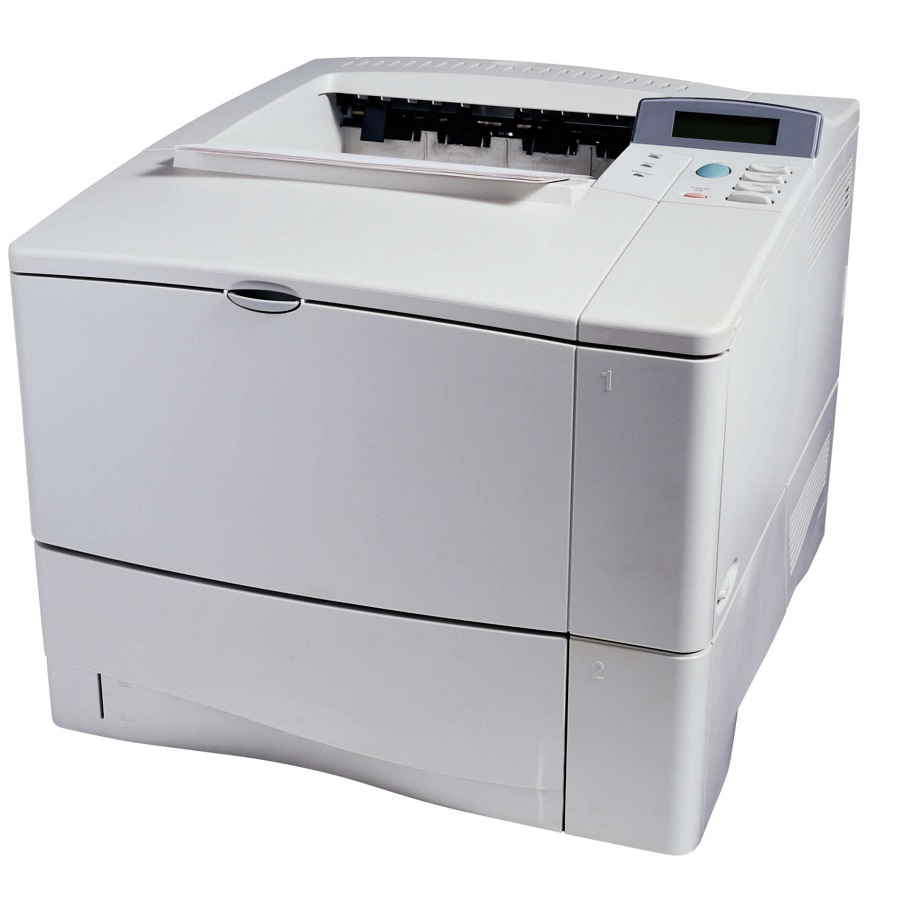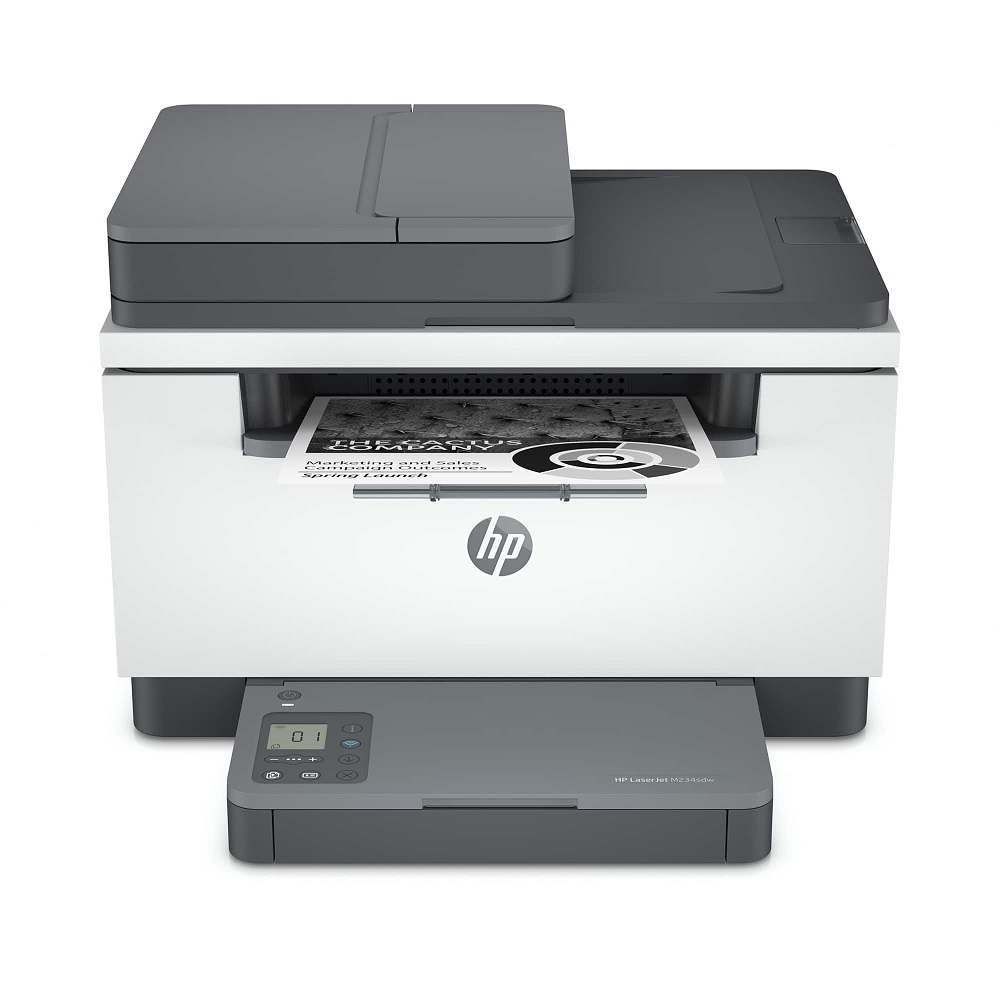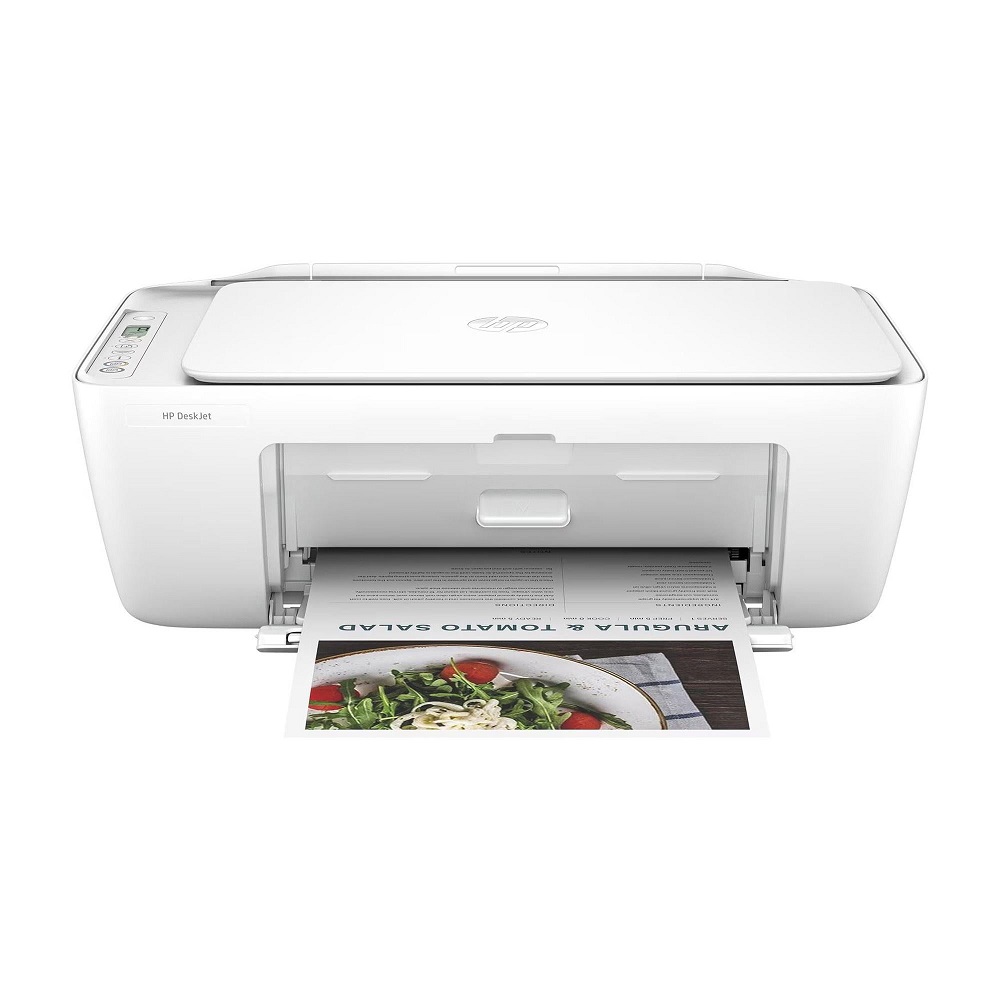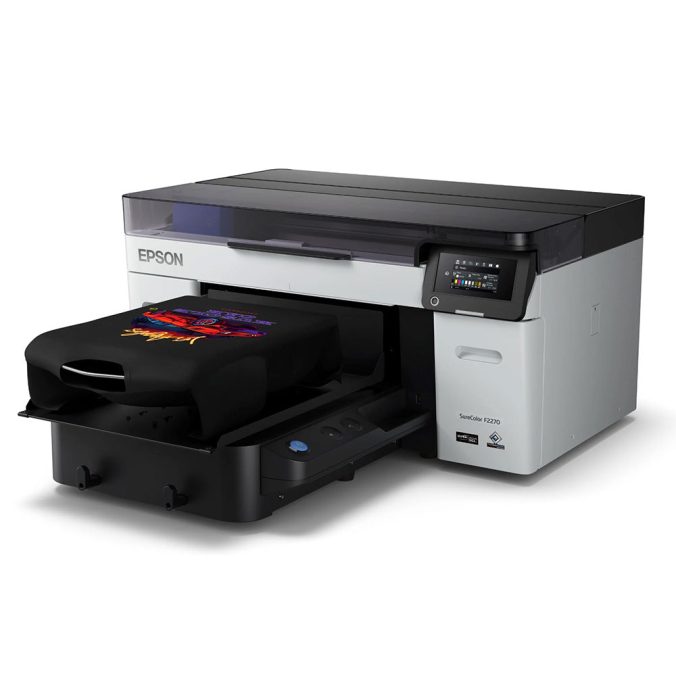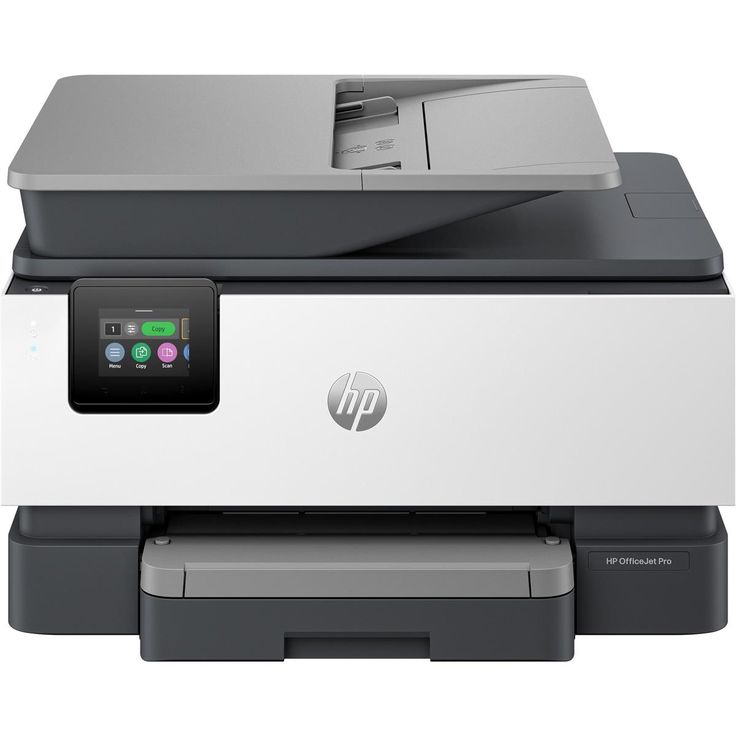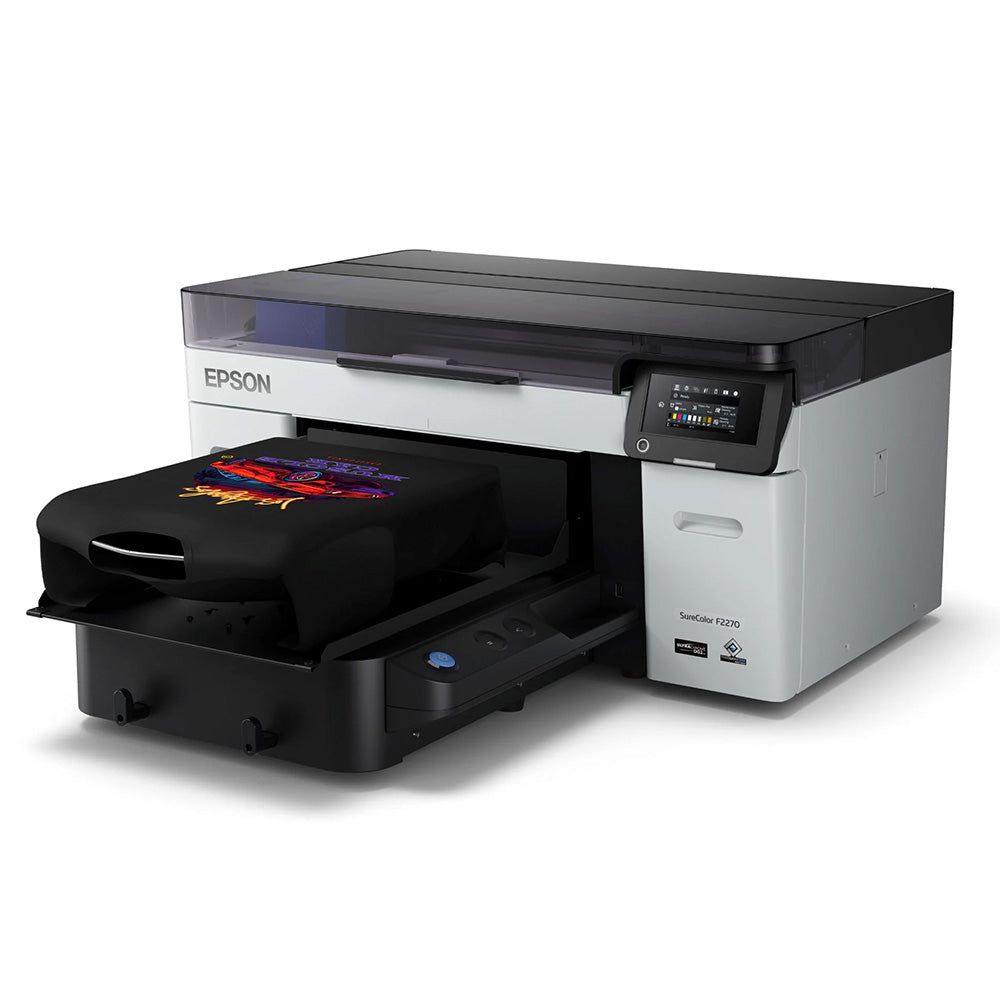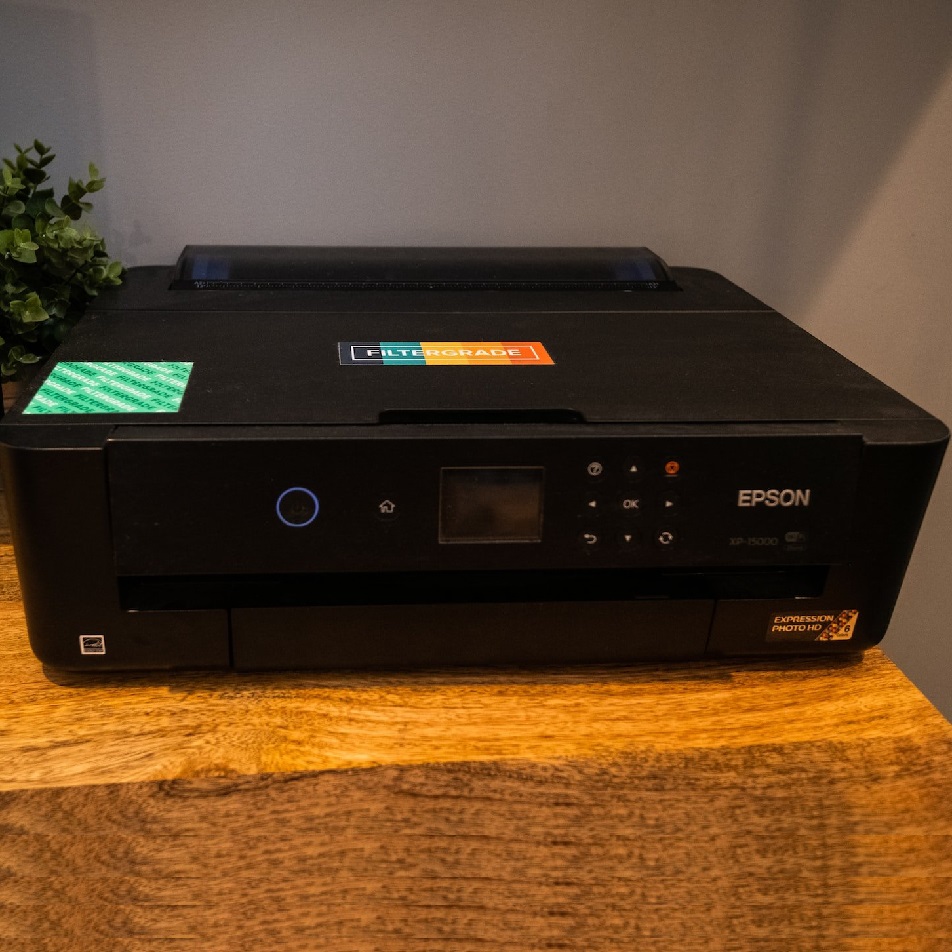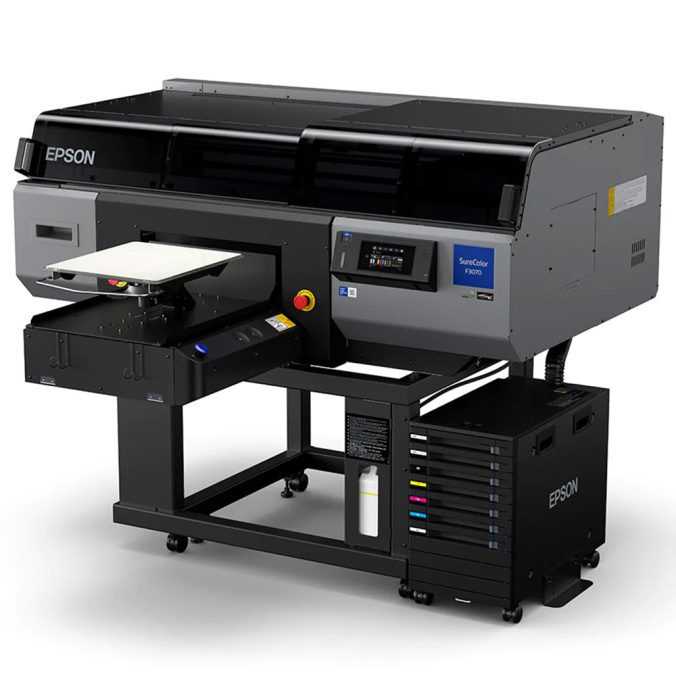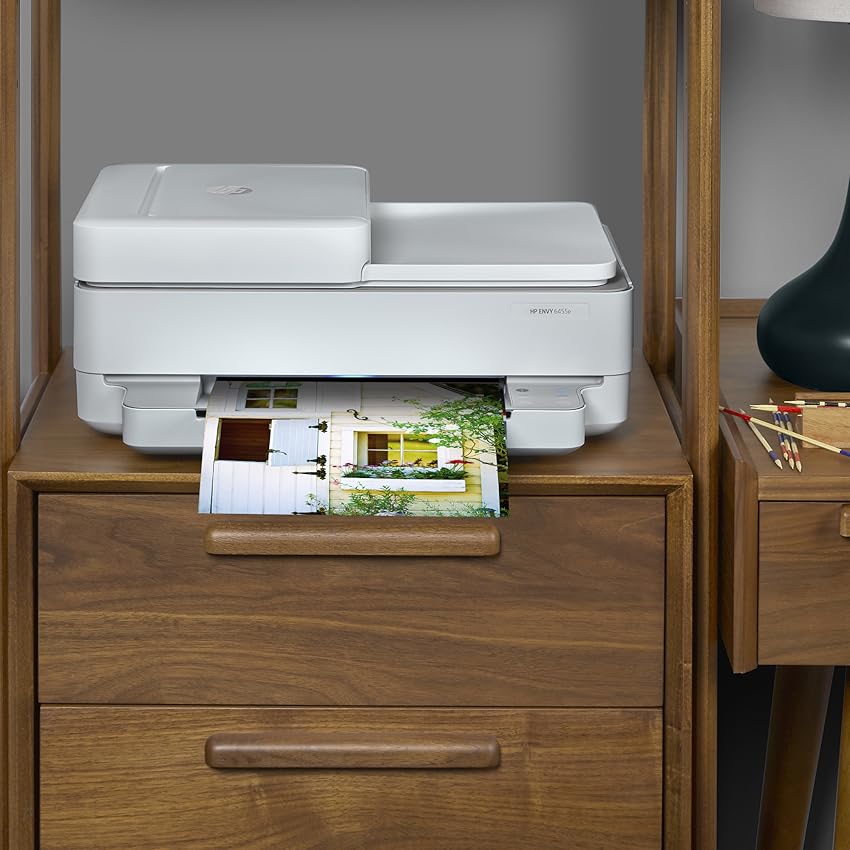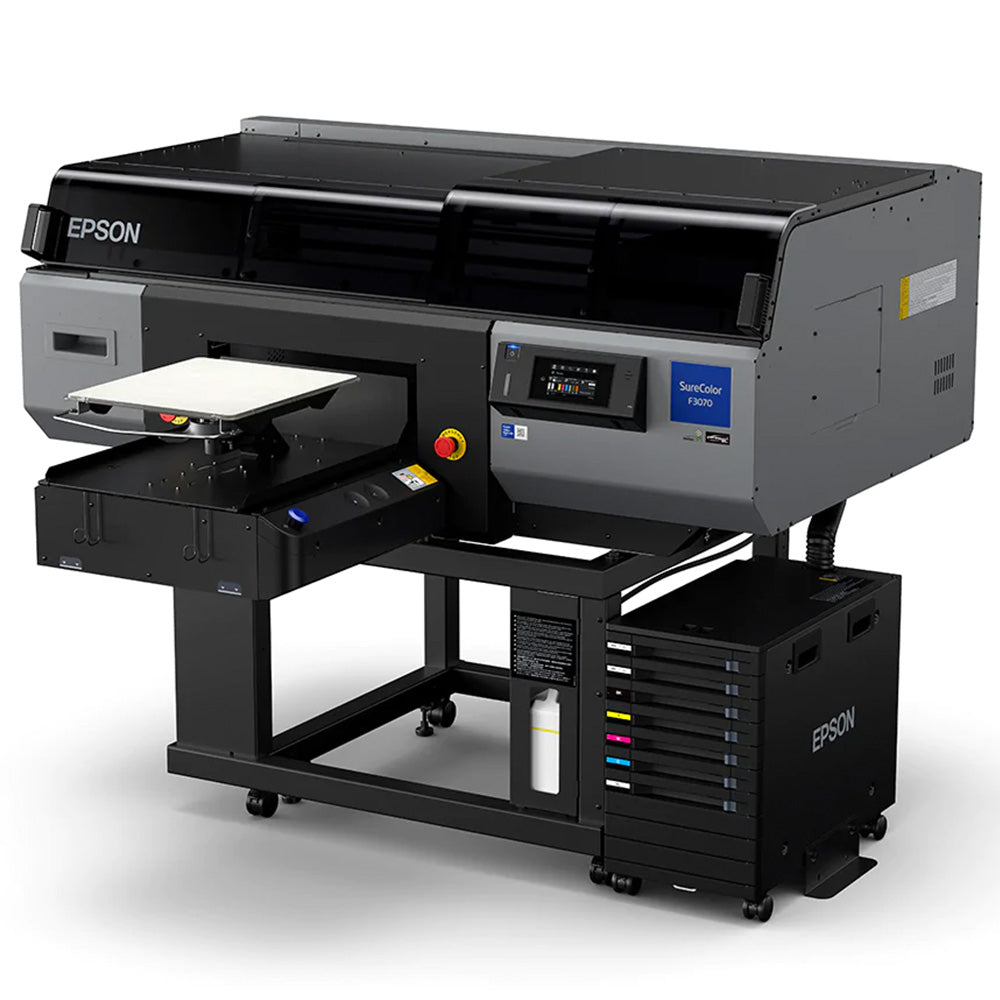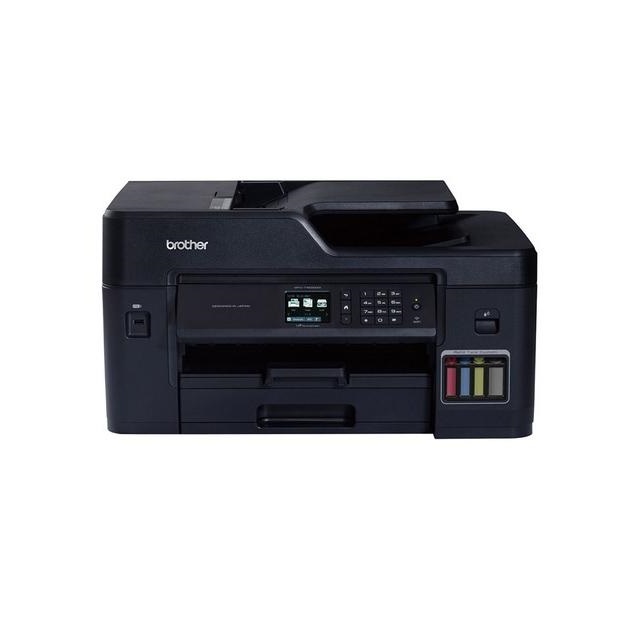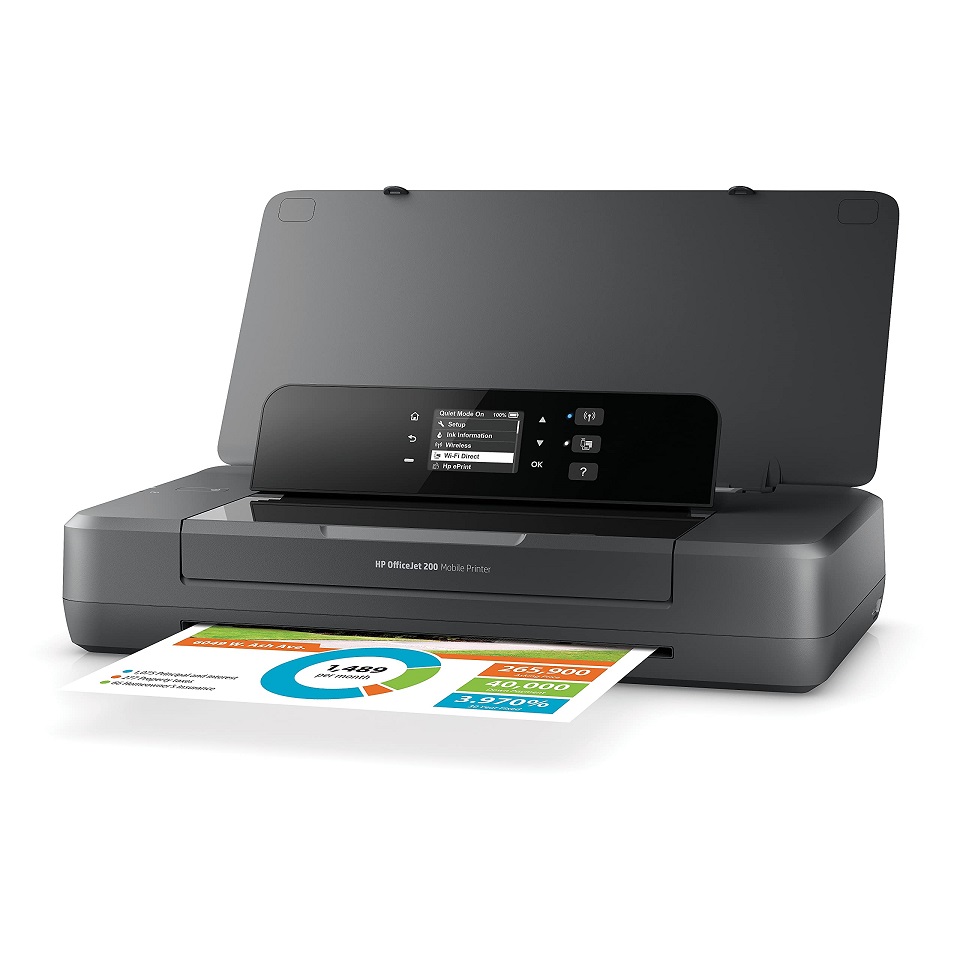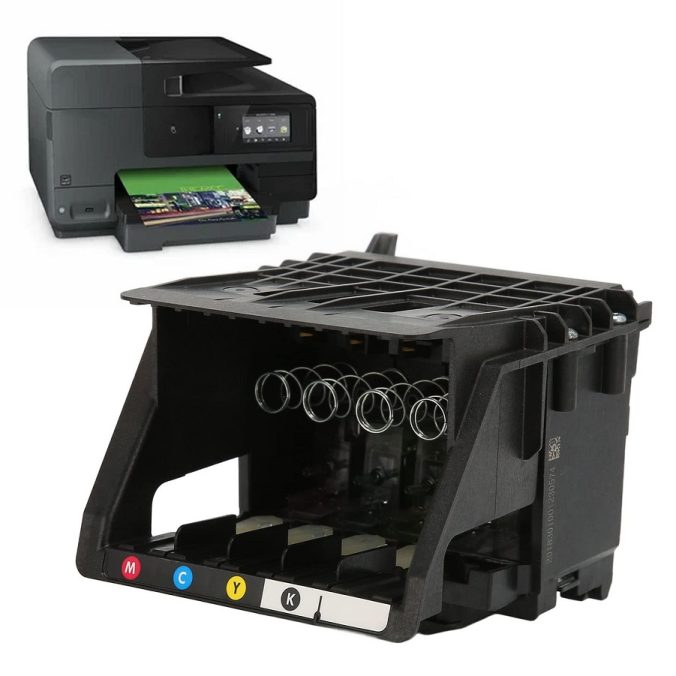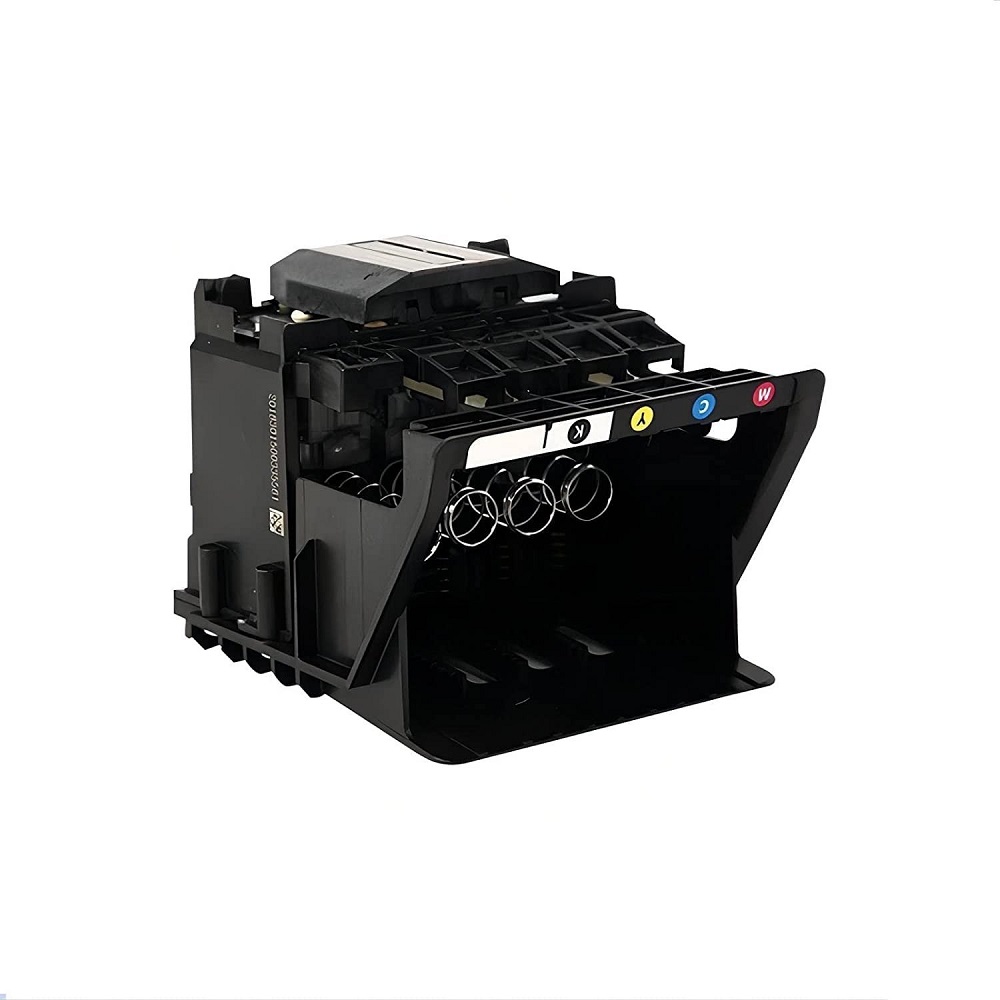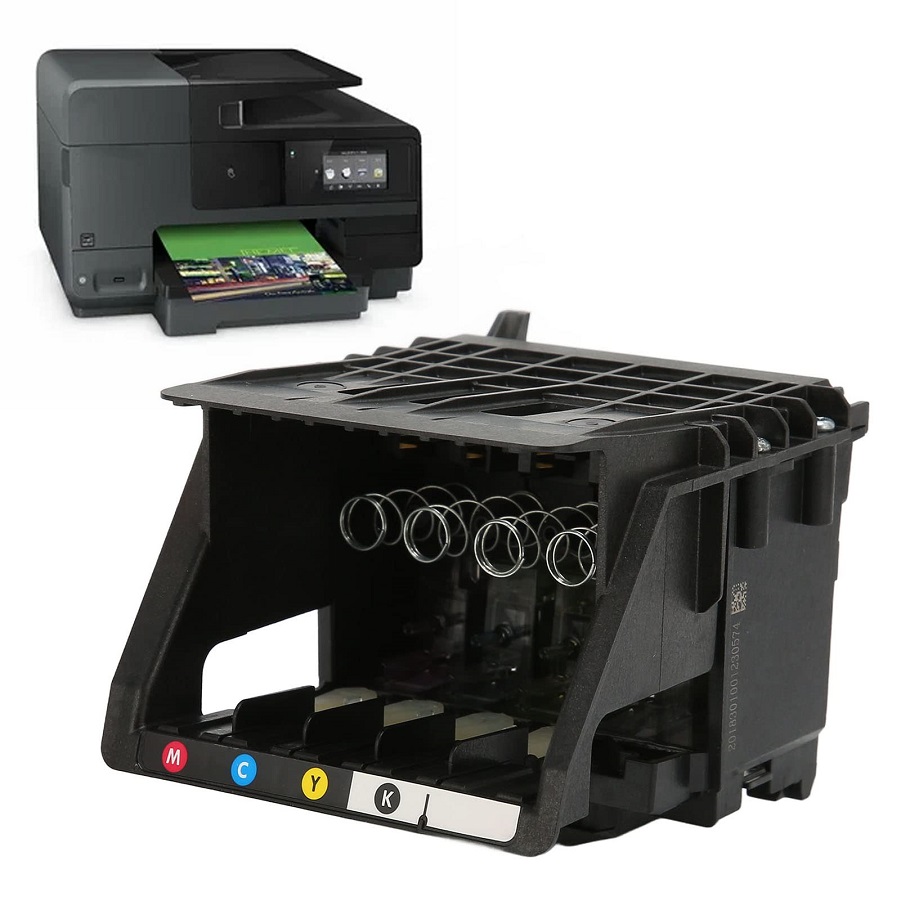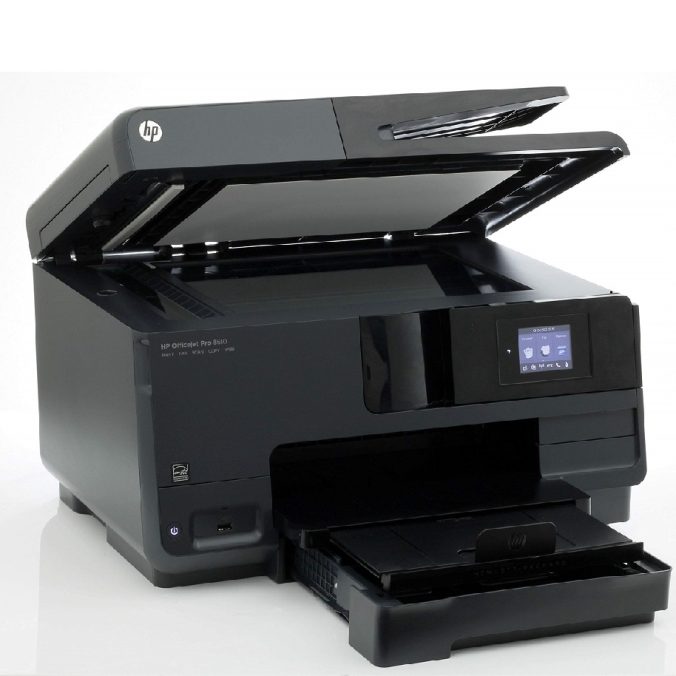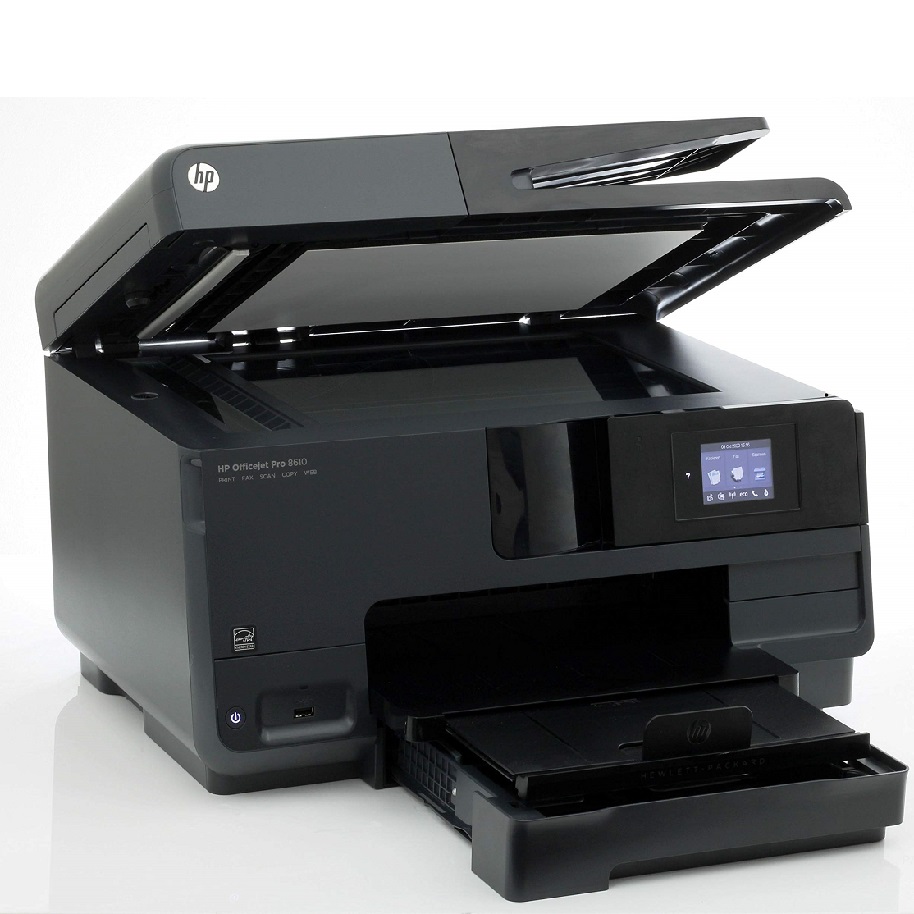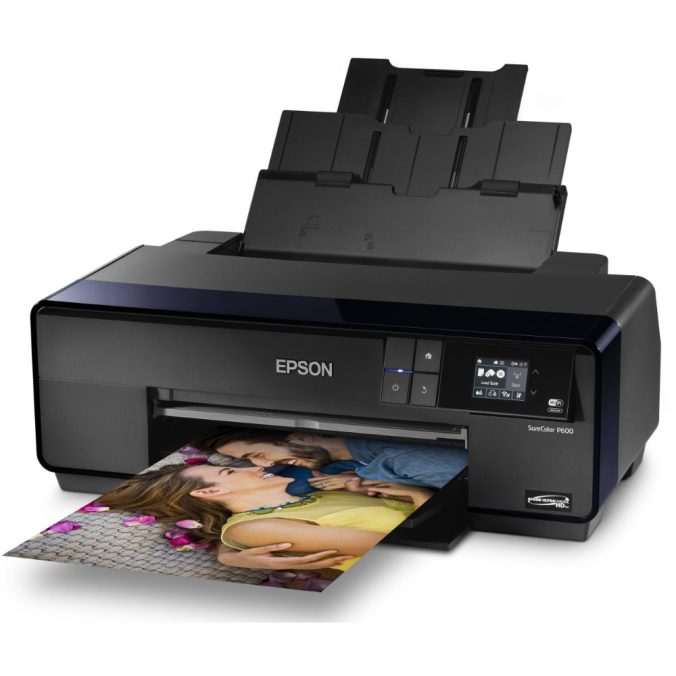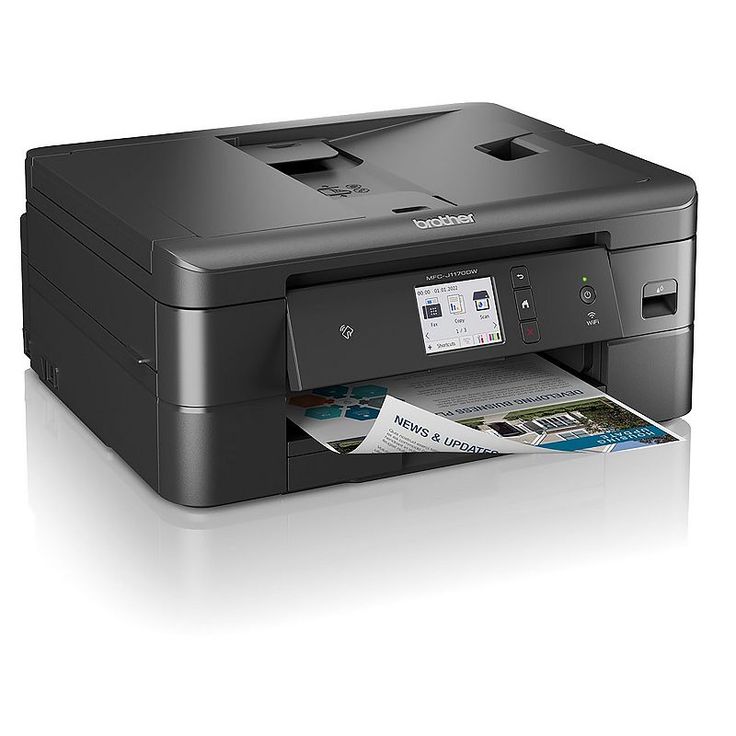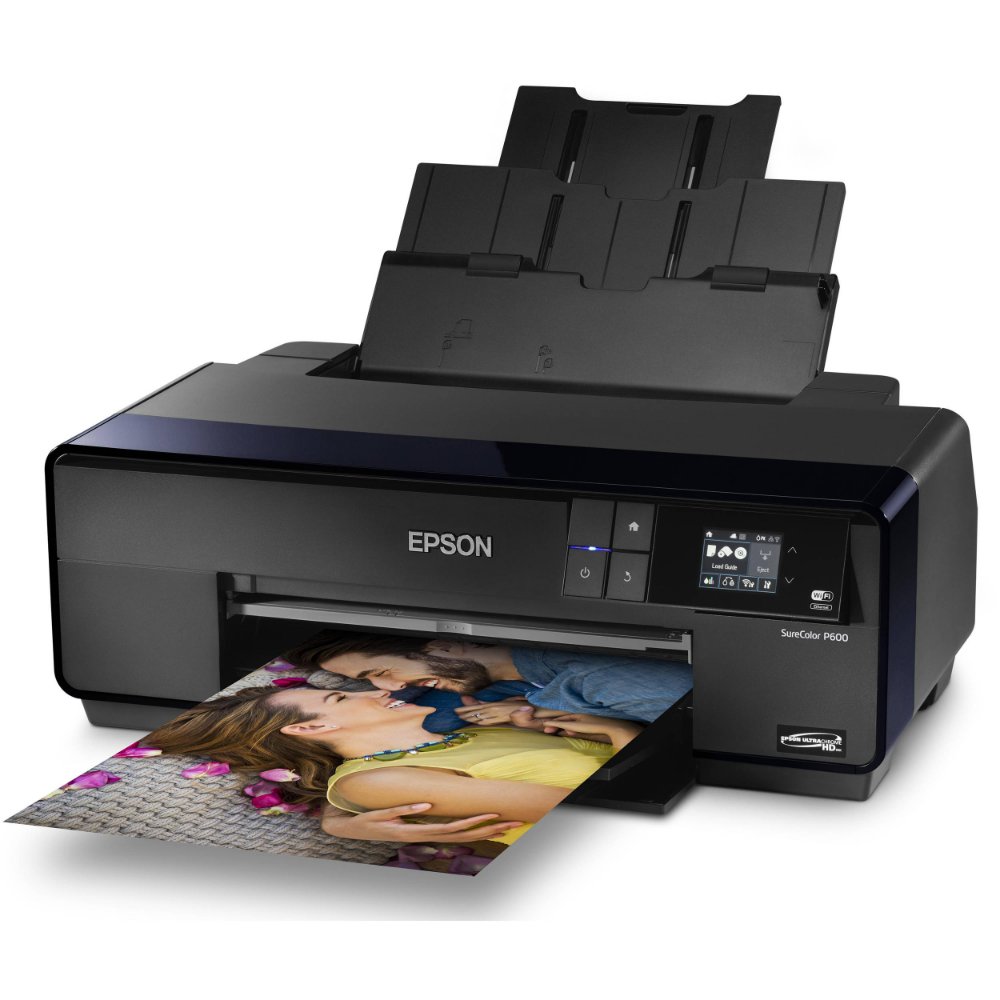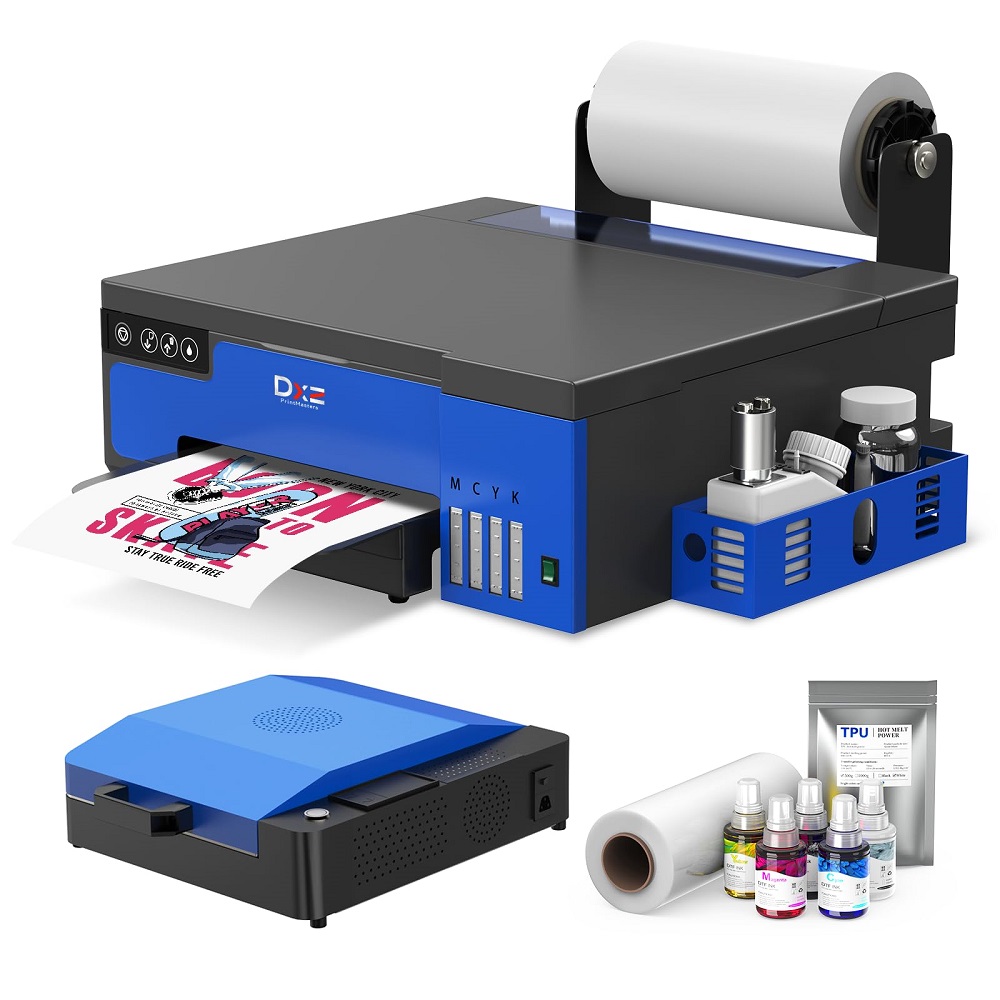Introduction to 3D Printing Technologies
3D printing technologies have transformed manufacturing and creativity. They offer the ability to turn digital models into physical objects, each layer meticulously added to build the final product. There are two main types of 3D printers commonly used: resin and filament. Resin 3D printers use a liquid substance that hardens under UV light, producing exquisite detail. Filament 3D printers, on the other hand, use a thermoplastic material which is heated and extruded through a nozzle to form objects layer by layer. This guide will help you navigate through the nuances of these technologies, providing insights to make an informed decision between resin vs filament 3D printers. We will delve into how these printers work, their common uses, and examine their strengths in detail and durability, material costs, build volume, printing speed, and ease of maintenance. Our goal is to help you choose the right 3D printing technology for your specific needs, whether it’s for personal projects, professional prototypes, or producing functional parts.
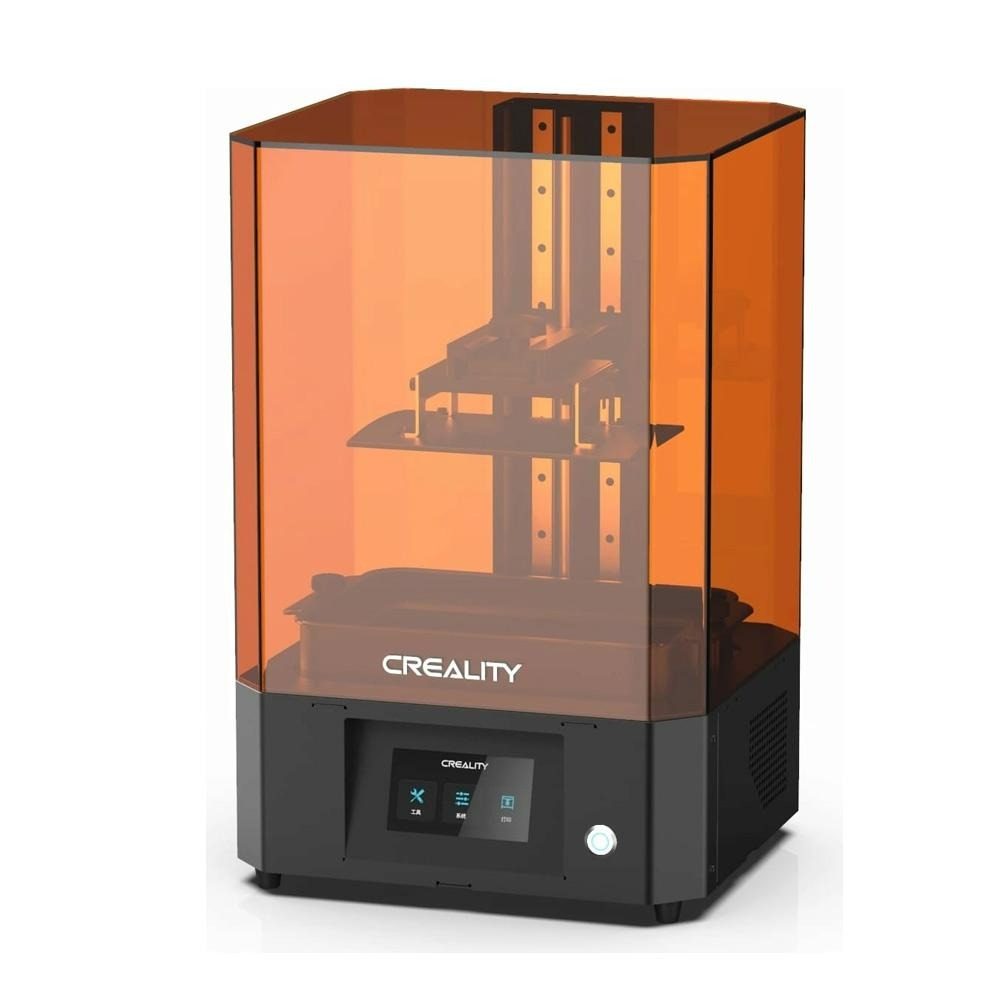
Resin 3D Printing: An Overview
Resin 3D printing stands out for its ability to create intricate details and smooth finishes. This technology uses a liquid photopolymer that solidifies when exposed to UV light. The printers are known for precision but require careful handling of materials.
How Resin 3D Printing Works
The process starts with a vat of liquid resin. A UV light source, guided by the printer’s software, hardens the resin layer by layer. This builds up the model from bottom to top. The light can come from a laser in SLA printers or a projector in DLP machines. Each layer cures, and the build platform lifts slightly, allowing the next layer to form.
Common Uses for Resin 3D Printers
Due to their high level of detail, resin printers are perfect for small, complex items. They are commonly used in dentistry for crowns and molds. Jewelers employ them for intricate designs. Hobbyists enjoy printing detailed miniatures and artists appreciate the fine features for sculptures.
Filament 3D Printing: An Overview
Filament 3D printing, also known as Fused Deposition Modeling (FDM), is popular for its versatility and user-friendliness. It uses a thermoplastic filament, melted and extruded layer by layer to create a three-dimensional object.
How Filament 3D Printing Works
Imagine a small, controlled glue gun that layers melted plastic to form objects. The machine heats thermoplastic filament to a malleable state. It then deposits it onto a build platform. Each layer solidifies quickly, which allows the creation of the next layer on top.
Common Uses for Filament 3D Printers
Filament printers shine in diverse applications due to their material versatility. They are ideal for creating large-scale models, functional prototypes, and custom household items. Education and hobbyists also widely use them for various projects.
Detailed Comparison: Print Quality and Surface Finish
When selecting a 3D printer, it’s important to consider the type of detail and surface finish you need for your projects. Here we break down resin and filament print quality and detail along with their pros and cons.
Resin Print Precision and Detail
Resin 3D printers excel in producing prints with exceptional detail and a smooth surface finish. They use SLA or DLP technology to solidify liquid resin layer by layer with precise UV light exposure. This process allows for intricate designs on a microscopic scale, making it ideal for applications where detail is paramount.
- Surface Finish: Resin prints show almost no layer lines, offering a polished appearance straight out of the machine.
- Precision: Capable of fine details, resin printers are perfect for complex models, jewelry, and dental work.
- Post-Processing: While further steps like washing and curing are needed, minimal sanding or smoothing is required.
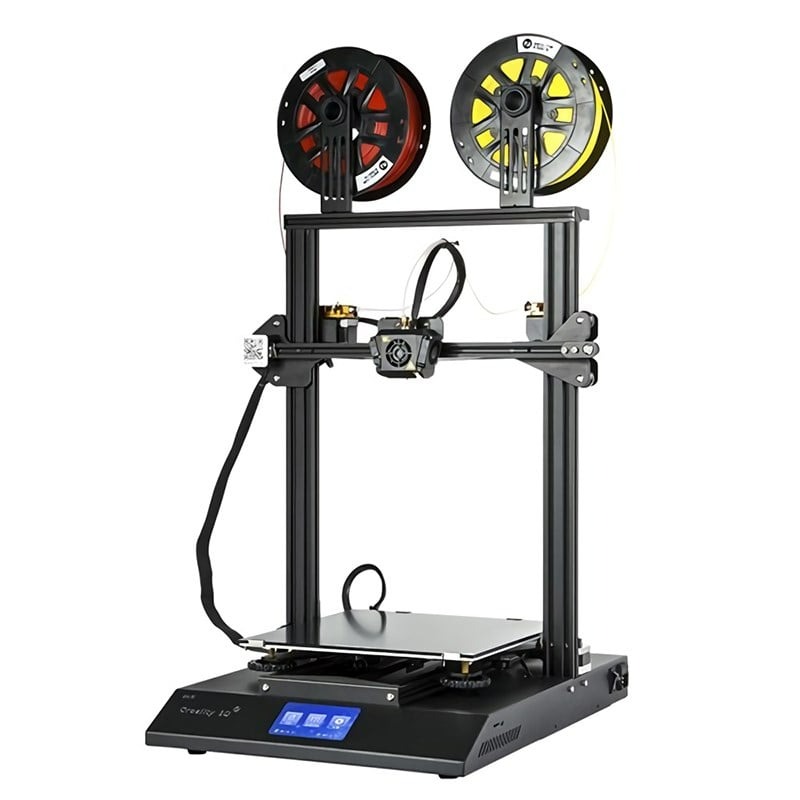
Filament Print Stamina and Versatility
Filament 3D printers, on the other hand, are recognized for their strength and adaptability across various applications. The FDM process creates objects by layering melted thermoplastic material, producing prints with durability and agility to suit practical uses.
- Surface Finish: Visible layer lines are more apparent but can be reduced with post-processing techniques like sanding and acetone smoothing.
- Durability: Prints from filament are generally sturdy and flexible, with materials like ABS, PETG, and nylon offering high durability.
- Versatility: A wide range of materials and easy swapping make filament printers suitable for functional prototypes to custom tools.
Ultimately, the decision between a resin vs filament 3D printer will come down to the specific requirements of your print jobs, considering detail, durability, and the intended use of the created parts.
Build Volume and Printing Speed Considerations
When weighing your options between resin and filament 3D printers, two critical factors to consider are the build volume and printing speed. Understanding these can help you select the right printer for the scale and time sensitivity of your projects.
Comparing Resin and Filament Printer Build Sizes
Resin 3D printers typically offer a smaller build volume compared to their filament counterparts. These compact sizes are great for precise, small-scale items like jewelry or dental models. For instance, a common build size for a resin printer like the Elegoo Mars might be around 130 x 80 x 160 mm.
On the other hand, filament 3D printers often come with larger build volumes, making them ideal for bigger projects. A machine like the Prusa i3 MK3S offers a generous build size that can accommodate larger prints, up to 250 x 210 x 210 mm. This space allows for the creation of sizable prototypes or parts in a single print job.
Assessing the Speed of Resin vs Filament Printers
When it comes to the speed of 3D printing, resin and filament printers have different strengths. Resin printers, especially those using DLP technology, can quickly cure entire layers of resin. This means they can produce intricate details rapidly, layer by layer.
Filament printers, however, may vary in speed based on print settings. Thicker layers can speed up the printing process, although this might reduce the level of detail. Despite this, the overall printing time can still be quite competitive due to the ability to print at higher speeds without affecting the quality as severely.
Ultimately, the choice between a resin or filament 3D printer will hinge on the specific requirements of your projects. If your work demands large parts or rapid production of multiple items, a filament printer is likely more suitable. For high-detail, smaller scale items where print speed is less of a concern, a resin printer could be the better option.
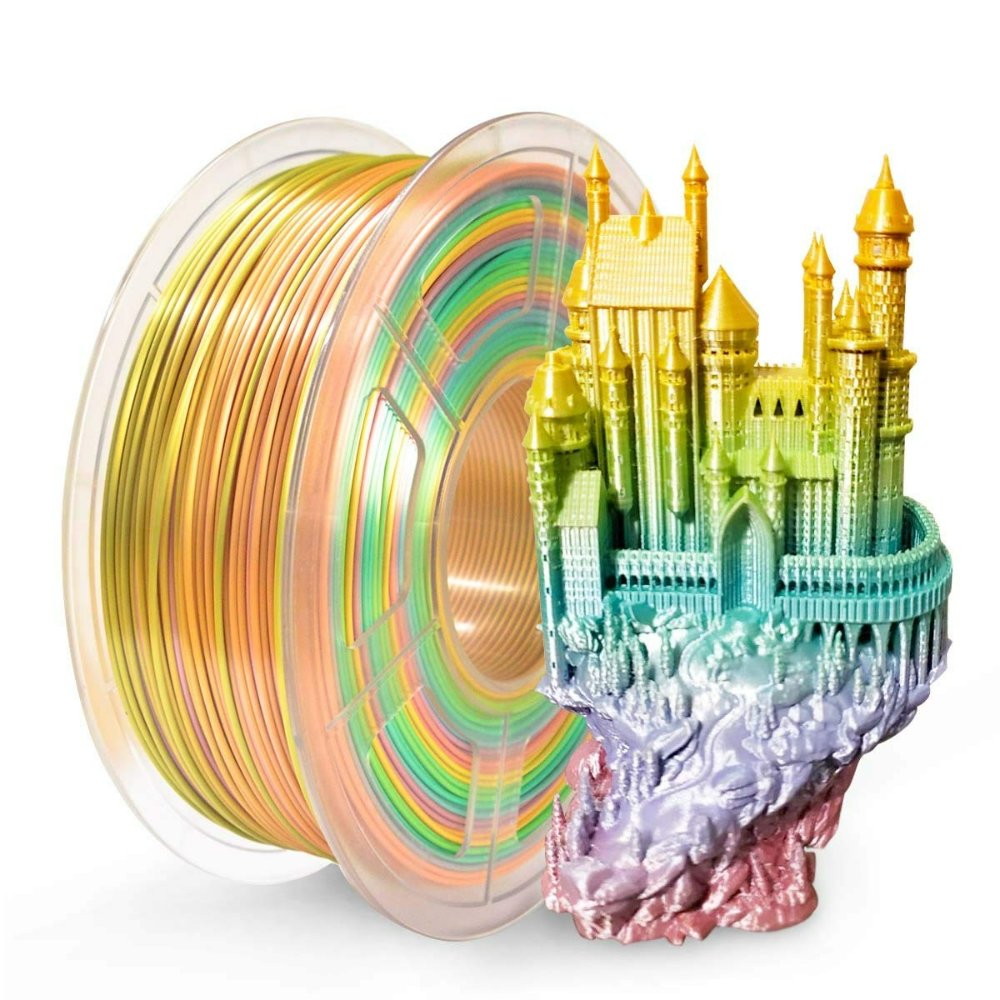
Material Costs and Availability
Choosing between filament and resin 3D printers often comes down to material costs and availability. Understanding these factors can guide your decision, ensuring you get the most worth out of your investment.
Filament Material Options and Pricing
Filament for 3D printers is widely accessible and generally more affordable than resin. A standard 1 kg spool of PLA or ABS filament usually ranges from $20 to $30. Filament comes in a variety of types, from basic plastics like PLA to advanced composites infused with materials like carbon fiber, which can affect the price.
The extensive range of filament materials means they cater to a broad spectrum of printing needs, from hobbyist projects to industrial applications. This flexibility, coupled with lower costs, makes filament 3D printing a popular choice for both beginners and professionals.
Resin Material Options and Pricing
Resin materials generally carry a higher price tag, with typical costs ranging from $30 to $50 per liter. The resin used in 3D printing is available in different formulas, each designed for specific properties and applications, such as flexible, durable, or castable resins.
While the initial cost of resin might be higher, it’s crucial to consider the level of detail and quality it offers, especially for models requiring precision and a smooth surface finish. This makes resin printers particularly appealing for sectors like dentistry, jewelry making, and detailed model crafting.
In summary, filament materials offer a cost-effective solution with a diverse range of options, making them ideal for various projects. Resin, while more expensive, provides high-quality results for specialized applications, justifying its higher cost for professionals in need of intricate print details.
Strength, Durability, and Part Functionality
When choosing between resin and filament 3D printers, it’s pivotal to consider the strength and functional capabilities of the printed parts.
Comparing the Durability of Filament and Resin Prints
Filament 3D printed items typically display high durability, which is beneficial for applications where mechanical stress is a factor. The materials used in filament printing, such as ABS, PETG, and nylon, are known for toughness and resilience. These prints stand up well to wear and stress, making them suitable for practical, functional use.
Resin 3D prints, while offering higher resolution and fine detail, often result in more brittle parts. They are not typically designed for bearing loads or repeated use. However, there are specific types of resin formulated for greater durability, but these are generally more costly and less common than standard resins.
Functional Parts: Filament’s Strong Suit
Filament 3D printers excel in producing parts that are not only large but also functional. The vast selection of filament materials means that users can pick the appropriate type for the item’s intended function. For instance, heat-resistant filaments are ideal for parts exposed to high temperatures, while flexible filaments are perfect for items that require bending.
Furthermore, filament printers allow for adjusting settings like infill density, which can make parts lighter or heavier, influencing both the strength and the amount of material used. As a result, filament printers are often the go-to choice for creating functional prototypes, tools, and end-use parts that need to endure the rigors of everyday use.
Ease of Use and Maintenance
Ease of use and maintenance are crucial in choosing between filament and resin 3D printers. Each type has its own set of challenges and benefits that can impact your overall experience.
Getting Started with Filament Printers
Filament printers are known for their user-friendly operation, making them a top choice for beginners. Setting up a filament printer is straightforward: you load the filament, calibrate the bed, then start printing. Maintenance mainly involves keeping the nozzle clean and ensuring the filament is free from moisture. Many models also offer extensive online tutorials and community support.
Challenges of Resin Printer Maintenance
Resin printers, while excellent for detailed prints, require more effort in maintenance. Handling resin calls for safety precautions such as wearing gloves and masks due to its toxic nature. After printing, cleaning involves washing the prints with solvents and curing them with UV light. Additionally, the resin tank and the build plate need regular cleaning to prevent resin from curing in unwanted areas.
Conclusion: Choosing the Right Technology for Your Needs
In concluding our comprehensive guide on the resin vs filament 3D printer debate, it comes down to your specific needs concerning precision, durability, cost, and ease of use.
Choosing a resin 3D printer means opting for exquisite detail and smooth finishes, ideal for intricate models, jewelry, and dental work. However, higher material costs, careful handling, and intensive post-processing are trade-offs.
On the flip side, filament printers excel at creating durable, functional parts with various material options at a more affordable rate, making them suitable for a broader range of projects and more accessible to beginners.
Consider the size of the objects you’ll print. Large build volumes are filament 3D printers’ forte, while resin printers are geared towards smaller, high-detail pieces. Keep in mind, the printing speed can vary noticeably between systems, and certain scenarios can tip the scales towards one technology over the other.
Cost is a crucial factor as well. Filament materials tend to be cheaper and more varied, providing a cost-effective path for large-scale, functional printing. While resin offers high precision, it does come at a higher price point.
Ease of use is another important aspect. Filament printers generally present fewer challenges in setup and maintenance, making them more beginner-friendly. Resin printers require meticulous handling, with increased steps in post-processing.
Ultimately, whether you lean towards resin 3d printer vs filament, both technologies have their merits. Your choice should align with the type of projects you undertake most often, balancing quality, functionality, cost, and ease of handling to find the ideal 3D printing solution for you.
